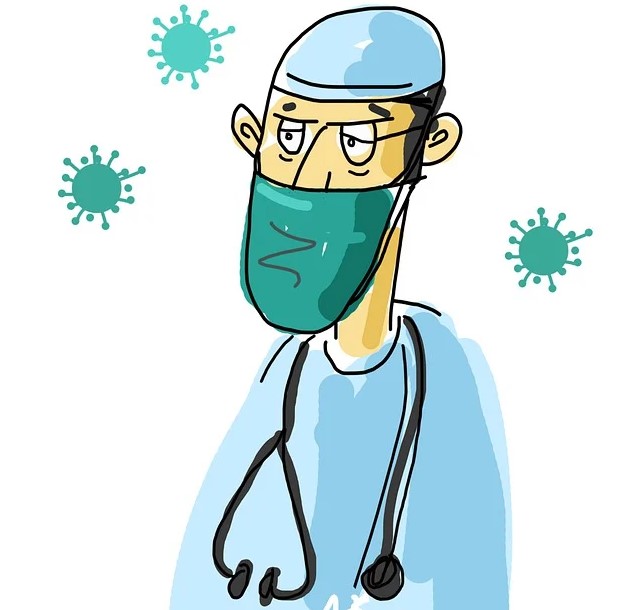
Article published on the CDC website
The U.S. lost progress combating antimicrobial resistance in 2020 due, in large part, to effects of the COVID-19 pandemic. The CDC COVID-19: U.S. Impact on Antimicrobial Resistance, Special Report 2022 [PDF – 44 pages], concluded that the threat of antimicrobial-resistant infections is not only still present but has gotten worse.
During the first year of the pandemic, more than 29,400 people died from antimicrobial-resistant infections commonly associated with healthcare. Of these, nearly 40% of the people got the infection while they were in the hospital.
The total national burden of deaths from antimicrobial resistance may be much higher, but data gaps caused by the pandemic hinder that analysis. CDC is missing data for nine of the 18 pathogens listed in its 2019 AR Threats Report. CDC’s 2019 estimates are still the strongest data to show the U.S. burden of antimicrobial resistance—at least 2.8 million antimicrobial-resistant infections continue to occur in the U.S. each year and more than 35,000 people die as a result.
In the 2019 AR Threats Report, CDC reported that nationwide investments in prevention drove down deaths from antimicrobial-resistant infections by 18% from 2012 through 2017. CDC data show these reductions continued until 2020. But the pandemic resulted in more resistant infections, increased antibiotic use, and less data and prevention actions.
This setback can and must be temporary. If properly resourced, the U.S. can continue to build resilient public health and healthcare systems to keep our nation safe from antimicrobial resistance.
COVID-19 Impact on Healthcare Facilities & Community Settings
On This Page
- COVID-19 Impact on Healthcare Facilities & Community Settings
- COVID-19 Impact on Five Core Actions to Combat Resistance
- Fact Sheets, Graphics, & Videos
- More Information
COVID-19 Impact Report
U.S. healthcare facilities saw more healthcare-associated, antimicrobial-resistant infections, especially in hospitals. Hospitals treated sicker patients who required more frequent and longer use of medical devices like catheters and ventilators. Hospitals also experienced personal protective equipment supply challenges, staffing shortages, and longer patient visits.
- Resistant hospital-onset infections and deaths both increased at least 15% from 2019 to 2020 among seven pathogens.
- A 2021 CDC analysis reported that, after years of steady reductions in healthcare-associated infections (HAIs), U.S. hospitals saw significantly higher rates for four out of six types of HAIs in 2020. Many of these HAIs are resistant to antibiotics.
- Antifungal-resistant threats rose in 2020, too, including Candida auris—which increased 60% overall—and Candida species (excluding Candida auris), with a 26% increase in infections in hospitals.
In communities, CDC has limited data for the spread of antimicrobial-resistant pathogens, like drug-resistant gonorrhea and foodborne germs.
- Public health personnel nationwide were diverted to the pandemic response and people (potential patients) had reduced access to care and testing services.
- Many clinics and healthcare facilities limited services, served fewer patients, or closed their doors entirely in the face of challenges from COVID-19.
- Before the pandemic, CDC data showed many resistant infections often found in the community were increasing (2012-2017). CDC is concerned that resistant infections continued to spread in communities undetected and untreated in 2020.
Many of the nation’s efforts to combat antimicrobial resistance also helped prevent the spread of COVID-19.This includes CDC investments in infection prevention and control, training, surveillance, and public health personnel, such as:
- Providing COVID-19 testing and identifying antimicrobial-resistant outbreaks through CDC’s Antimicrobial Resistance Laboratory Network (AR Lab Network) in 50 states and several cities/territories
- Supporting experts in infection prevention and control, including healthcare training programs like Project Firstline to help stop the spread of pathogens
- Developing and implementing antibiotic use tools for frontline workers
- Working with partners and supporting projects to improve clinical and public health outcomes and control emerging infectious disease threats, such as antimicrobial resistance and COVID-19
Find more CDC-led antimicrobial resistance and COVID-19 public health activities [PDF – 2 pages].